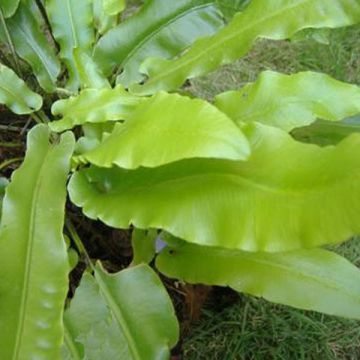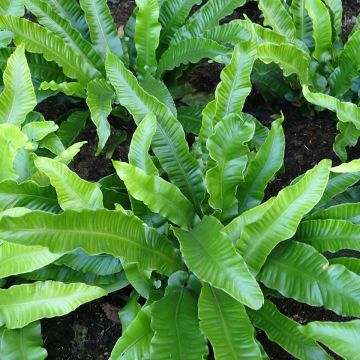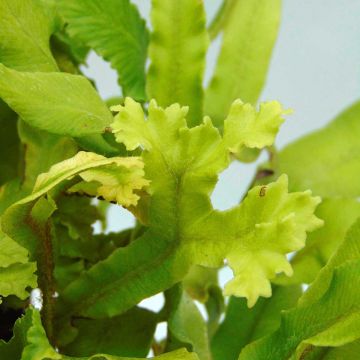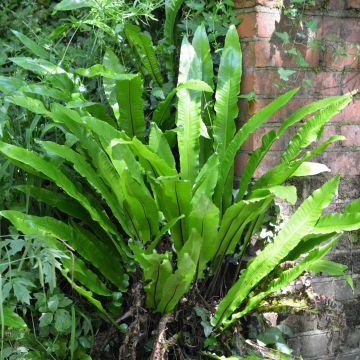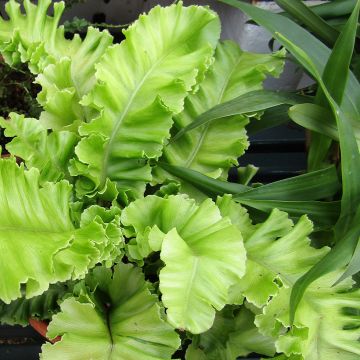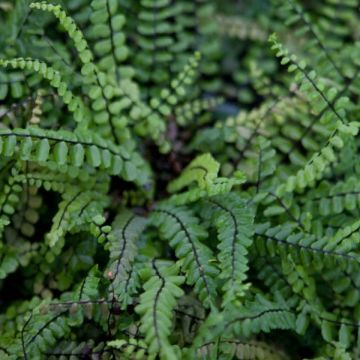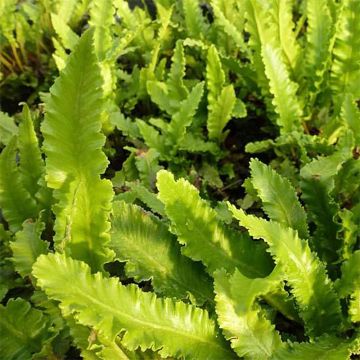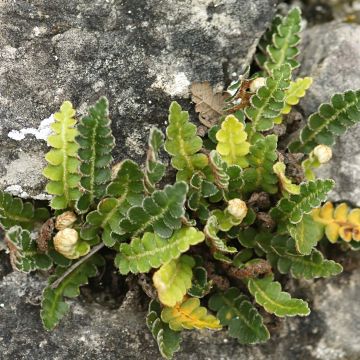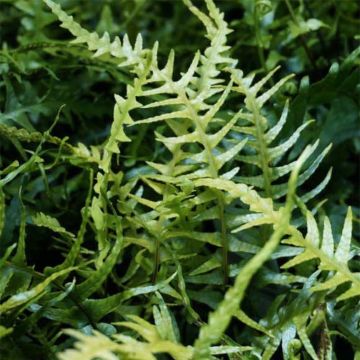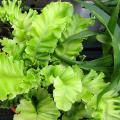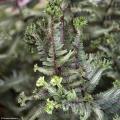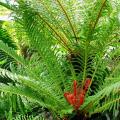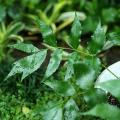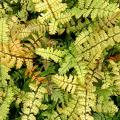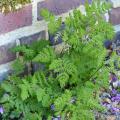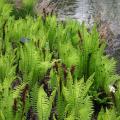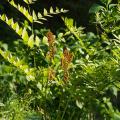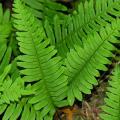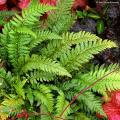Asplenium
Does this plant fit my garden? Set up your Plantfit profile →
Available in 2 sizes
Available in 1 sizes
Available in 2 sizes
Available in 2 sizes
Available in 2 sizes
Available in 1 sizes
Available in 1 sizes
Available in 1 sizes
Available in 1 sizes
Asplenium is a fern from the family of Aspleniaceae that is mainly known for its "Bird's Nest" form, a beautiful indoor plant named for the rosette arrangement of its magnificent light green fronds. There are hundreds of Aspleniums, mostly evergreen, spread to almost all regions of the world. While Asplenium nidus and Asplenium bulbiferum are the ambassadors of the genus in our interiors, there are a multitude of species and varieties that make excellent garden plants - albeit with a more modest appearance than their tropical cousins, but perfectly hardy and easy to grow. They often invite themselves into our gardens unbeknownst to us, like the Hart's-tongue fern (Asplenium scolopendrium), but also the maidenhair spleenwort (Asplenium trichomanes) or wall rue, a small wild fern found in mainland France and Corsica. Aspleniums, with their highly variable appearance, grow in soil, but also in trees or even on rocks. Some grow in clumps, others form rosettes, while a number of them, creeping, spread as ground cover through thick aerial rhizomes. Many Aspleniums produce plantlets in the centre of their fronds, along the midrib. With varying hardiness and requirements, they often appreciate woodland conditions. Asplenium ceterach is a small fern found growing decoratively on stone in southern regions of Europe: it is a champion of drought tolerance!
Haven't found what you were looking for?







































